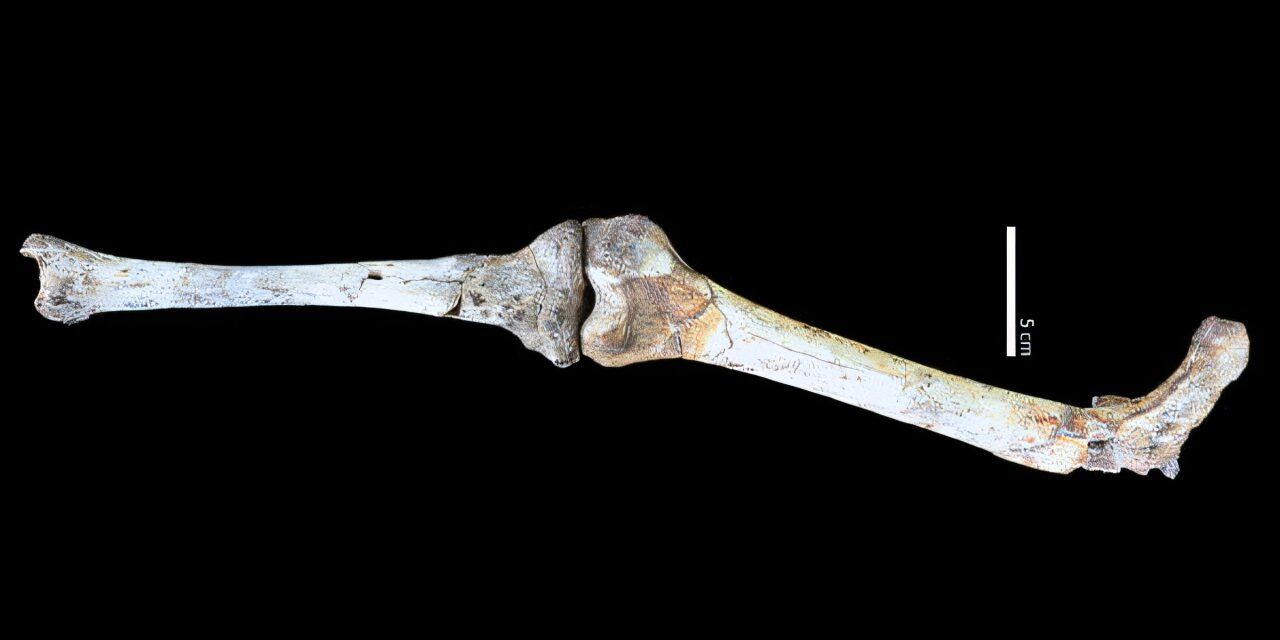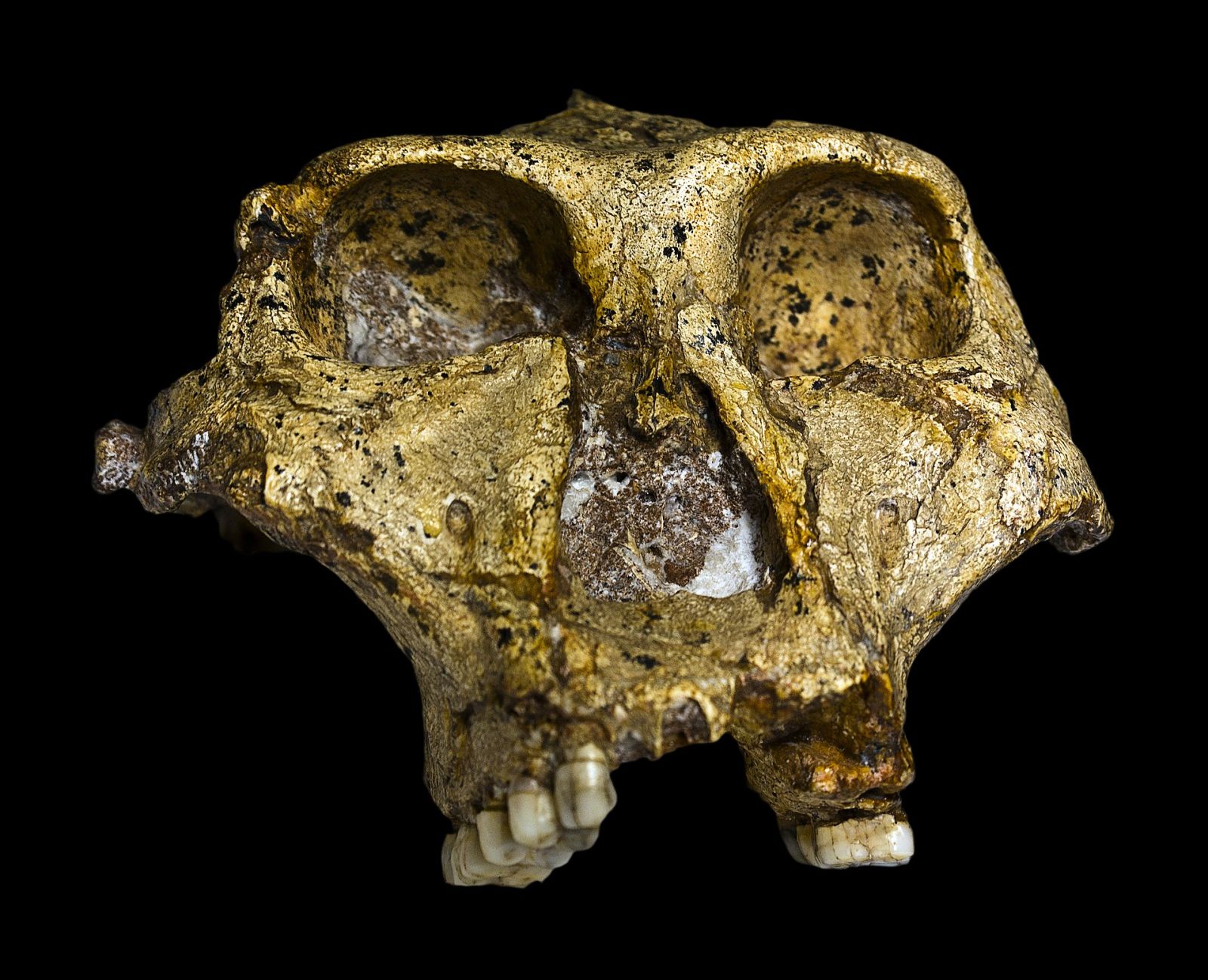Did this prehistoric species really make its own tools? 🦴
Follow us on Google News (click on ☆)
The fossils of Paranthropus robustus, abundant at Swartkrans, reveal a species capable of surviving on a varied diet, including hard-to-chew foods. The size differences between the skulls suggest a polygynous society, where a dominant male mates with multiple females.
An international team recently discovered a set of articulated fossils belonging to a young adult Paranthropus robustus. This discovery confirms that the species habitually walked upright and was small in stature, about 3.3 feet tall (1 meter) and weighing around 60 pounds (27 kg).
This small stature made Paranthropus robustus vulnerable to predators, as evidenced by tooth marks on the fossils. However, the species survived for over a million years, using stone and bone tools, suggesting a certain level of intelligence and adaptability. The question remains, however, as to who made these tools.

The new thigh and shin bones of Paranthropus robustus, articulated at the knee.
Credit: Jason Heaton
Ongoing research, including CT scan analyses, promises to reveal more about the growth habits and locomotion of Paranthropus robustus. These studies could also shed light on the cognitive and physical abilities of this species, as well as its role in the use of prehistoric tools.
How do prehistoric tools illuminate our understanding of ancient species?
The stone and bone tools found at Swartkrans suggest that Paranthropus robustus had advanced cognitive and physical abilities. These tools were likely used for various tasks, such as cutting meat or foraging for food, indicating an adaptation to their environment.
The presence of these tools alongside Paranthropus robustus fossils raises the question of their creator. Were they made by this species, by Homo ergaster, or both? This question remains open, but it highlights the importance of tools in studying the behaviors and capabilities of ancient species.
Future analyses, particularly studies of wear marks on the tools, could provide additional clues about their use and manufacture. This information is crucial for reconstructing the lifestyle of prehistoric species and understanding their place in human evolution.
What is polygyny in prehistoric species?
Polygyny is a mating system where a dominant male mates with multiple females. This system can offer evolutionary advantages, such as greater genetic diversity and increased protection for females and their offspring.
For Paranthropus robustus, polygyny might explain the species' survival in a hostile environment. Larger and stronger males could defend their group against predators and rivals, ensuring the continuity of their lineage.
However, this system can also lead to conflicts between males for control of females, which could explain some of the injuries observed on the fossils. Understanding these social dynamics offers a glimpse into the lives of prehistoric species.
